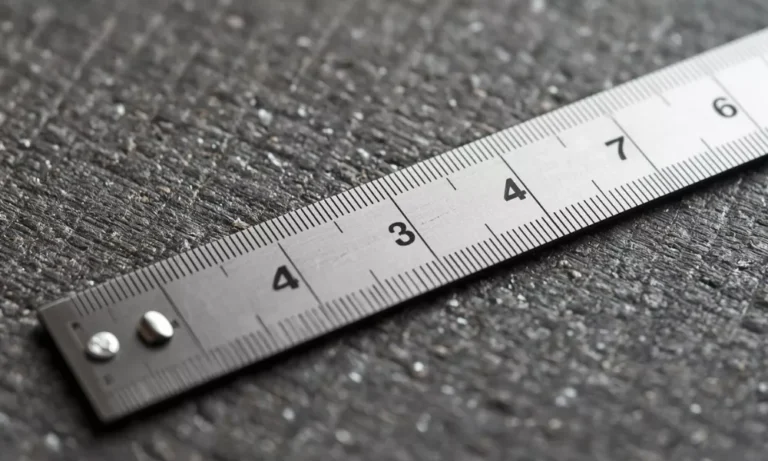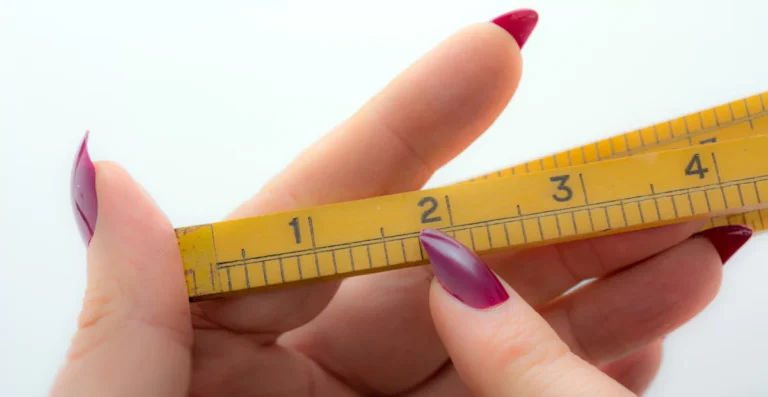How Big Is An Inch? | 12 Common Things That Are Exactly an Inch Long
Ever found yourself needing to measure something but didn’t have a ruler handy? Whether you are working on a DIY project, crafting, sewing, or simply satisfying your curiosity, understanding how long an inch really is can be surprisingly useful.
An inch is equal to 2.54 centimeters or 25.4 millimeters, a standard unit of length used mainly in the United States and a few other countries. While it may seem like a small measurement, it plays a big role in everyday tasks.
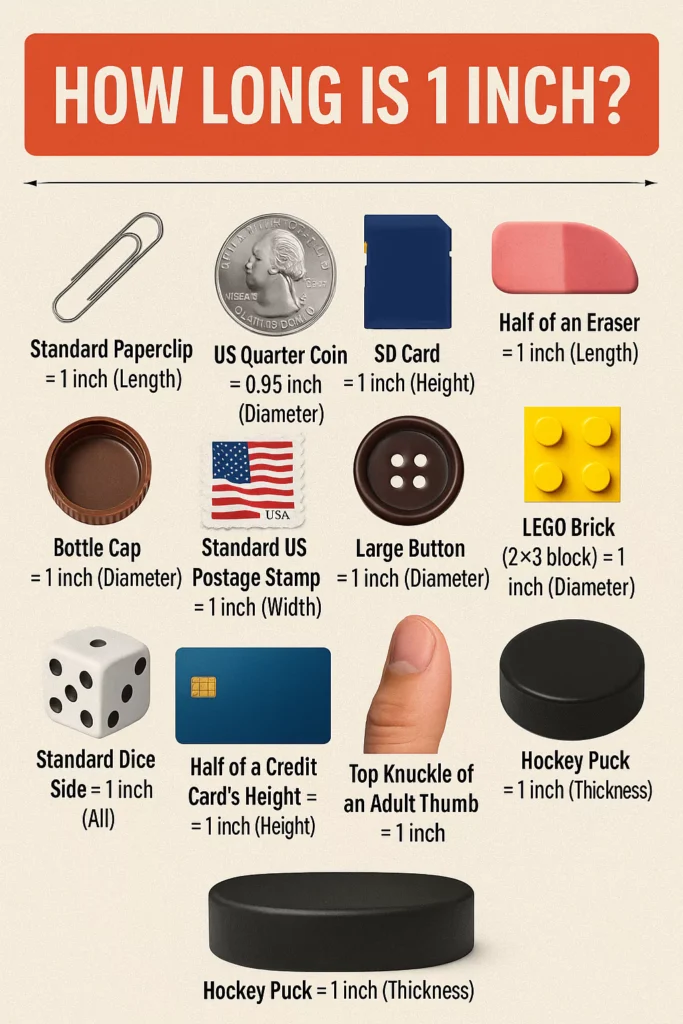
Thankfully, you don’t always need a measuring tool to gauge it. Many common household items are roughly one inch in size, making it easier to estimate measurements on the go. In this article, we explain a variety of everyday objects that are about one inch long to help you visualize and better understand the true length of an inch.
Table Of Contents
- 1 12 Most Common Things That Are 1 Inch
- 2 Standard Paperclips
- 3 US Quarter Coin
- 4 SD Card
- 5 Half of an Eraser
- 6 Bottle Cap
- 7 Standard US Postage Stamp
- 8 Large Button
- 9 Lego Brick (2×2 block)
- 10 Standard Dice Side
- 11 Half of a Credit Card’s Height
- 12 Top Knuckle of an Adult Finger
- 13 Hockey Puck Thickness
- 14 FAQs
- 15 Conclusion
12 Most Common Things That Are 1 Inch
| Thing | Measurement |
|---|---|
| Standard Paperclip | 1 inch (Length) |
| US Quarter Coin | 0.95 inch (Diameter) |
| SD Card | 1 inch (Height) |
| Half of an Eraser | 1 inch (Length) |
| Bottle Cap | 1 inch (Diameter) |
| Standard US Postage Stamp | 1 inch (Width) |
| Large Button | 1 inch (Diameter) |
| Lego Brick (2×2 block) | 1 inch (Diameter) |
| Standard Dice Side | 1 inch (All) |
| Half of a Credit Card’s Height | 1 inch (Height) |
| Top Knuckle of an Adult Thumb | 1 inch (Height) |
| Hockey Puck | 1 inch (Thickness) |
Standard Paperclips
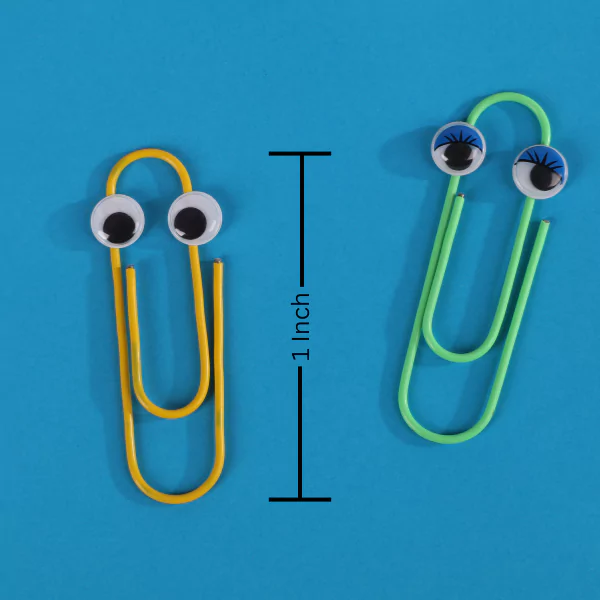
A paperclip is one of the most accessible and reliable objects to visualize the length of one inch. Standard paperclips, commonly found in homes, offices, and schools, typically measure exactly one inch long. Their consistent size makes them a handy reference when precise measuring tools aren’t available.
Beyond their practical use in fastening papers, paperclips serve as a simple yet effective visual aid for understanding how big an inch truly is.
US Quarter Coin

The U.S. quarter coin is a surprisingly useful reference for estimating one inch, with a diameter of approximately 0.955 inches. Its standardized size and widespread availability make it a practical tool when a ruler isn’t within reach.
Commonly used in everyday transactions, the quarter also serves an unofficial role in measuring tasks, whether you’re checking spacing, sizing objects, or making quick visual estimates. Featuring George Washington’s profile and often adorned with state-specific designs, this coin combines function with familiarity, making it a go-to reference for visualizing an inch.
SD Card
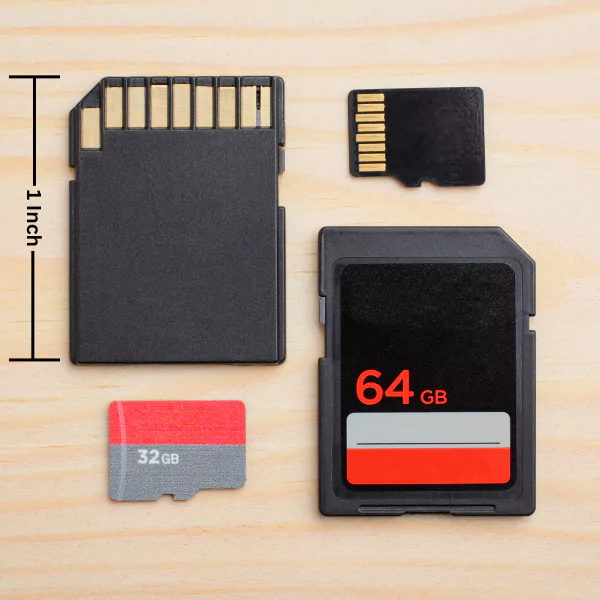
An SD (Secure Digital) card is not only a compact and powerful storage device but also a useful reference for visualizing one inch. Most standard SD cards measure approximately 1 inch in height, making them a convenient size comparison when measuring small objects.
Commonly used in cameras, smartphones, and other digital devices, these cards have become essential for storing photos, videos, and data, while also doubling as a quick visual guide for estimating a one-inch length.
Half of an Eraser

A standard eraser, commonly found in classrooms and pencil cases, typically measures about two inches in length. This makes half of it which becomes 1 inch, a convenient and reliable reference for quick measurements.
While erasers come in various shapes and designs, the traditional rectangular style remains consistent in size across many brands. Students, teachers, and artists often rely on this simple tool not only to correct mistakes but also to estimate small measurements just to give an idea.
Bottle Cap
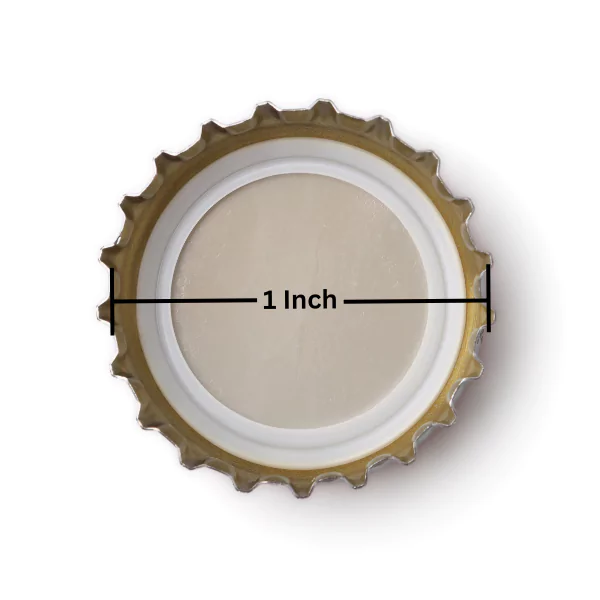
A standard bottle cap measures approximately one inch in diameter, making it a handy reference for estimating small measurements. Commonly used to seal bottles of soda, water, and other beverages, these caps are designed for consistency across most brands. Their reliable size and widespread availability make them useful tools in DIY projects, crafts, and quick size comparisons.
Standard US Postage Stamp
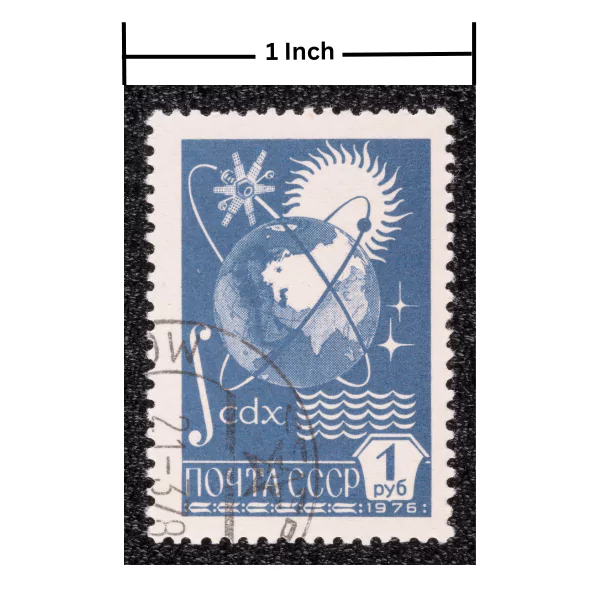
A standard U.S. postage stamp typically measures about one inch in both width and height, making it a convenient and accessible reference for estimating one-inch measurements.
Postal services enforce strict size standards to ensure uniformity and smooth mail processing. Their consistent size and everyday presence make them a simple yet effective tool for quick visual measurements.
Large Button
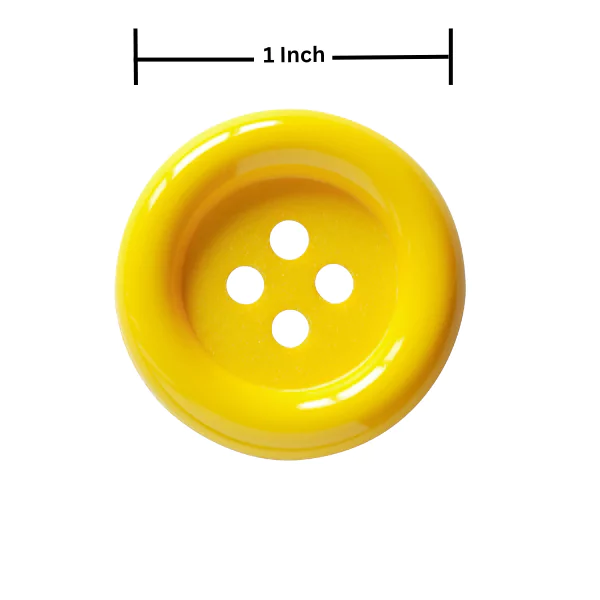
Large buttons, commonly found on shirts, blouses, and coats, often measure around one inch in diameter. While buttons come in a wide range of sizes and materials, the one-inch variety strikes a perfect balance between function and style.
Lego Brick (2×2 block)
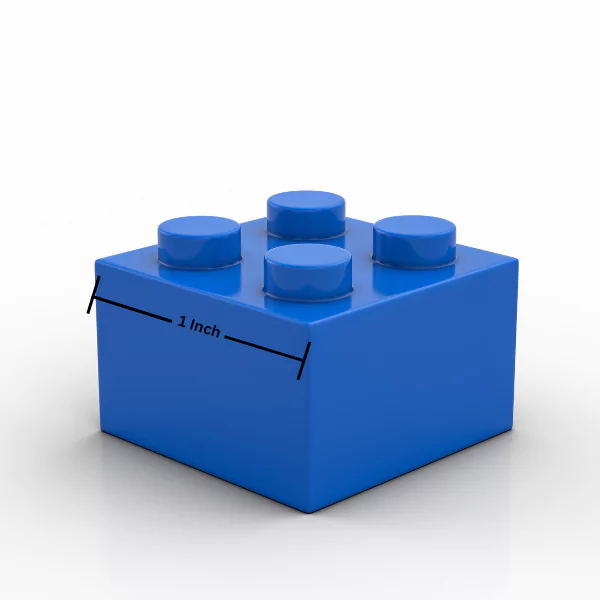
The Lego 2×2 brick, slightly larger than the classic 1×1 piece, is another fundamental element in the world of Lego building. Measuring about 1.2 centimeters (or roughly 0.63 inches) on each side, this compact yet versatile brick plays a crucial role in constructing everything from simple structures to complex models.
Like its smaller counterpart, the 2×2 brick promotes creativity, spatial awareness, and problem-solving skills. Its balanced size offers stability and flexibility, making it a favorite among builders of all ages.
Standard Dice Side
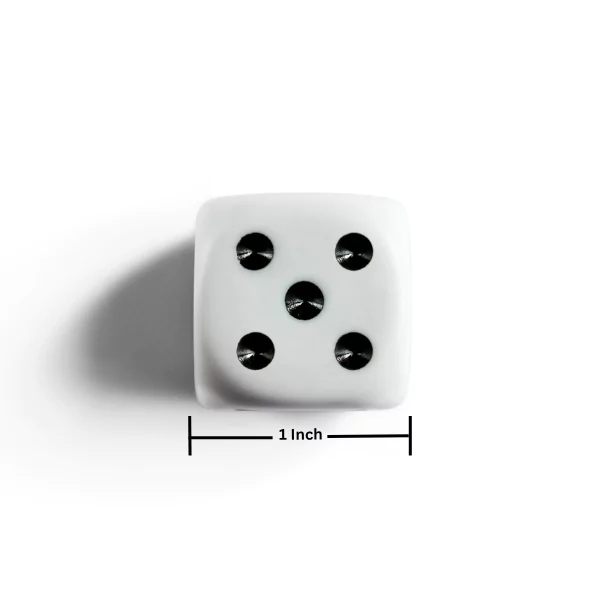
A standard die, commonly used in tabletop games, typically measures around 16 millimeters—or approximately 0.63 inches—on each side. Though slightly smaller than a full inch, it is often used as a convenient reference for visualizing small measurements.
The uniform size of dice across most games makes them reliable tools for quick estimation. Game designers and manufacturers adhere to precise specifications to maintain consistency, ensuring fairness and accuracy in gameplay.
Half of a Credit Card’s Height
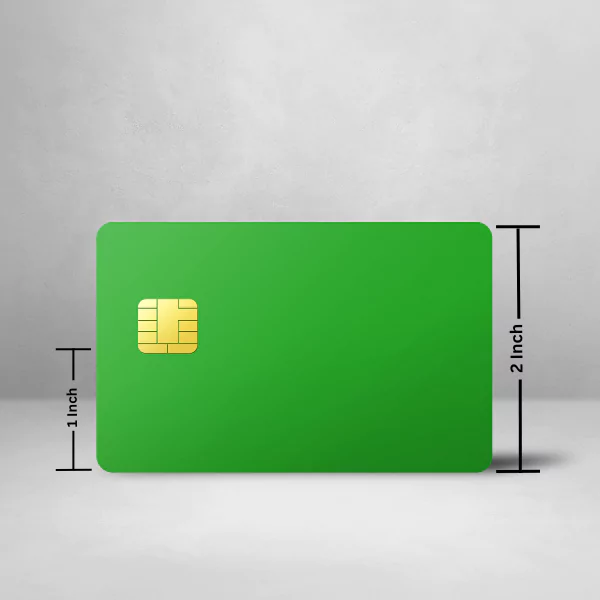
A standard credit card stands about 2 inches tall, making half of its height approximately 1 inch—an easy and accessible reference for estimating small measurements. This common item, found in wallets around the world, serves as a surprisingly useful visual tool for gauging length.
Similar in height to a business card, which also measures 2 inches tall, the credit card’s consistent dimensions make it a reliable point of comparison. Beyond its practical financial use, understanding the size of a credit card can help in everyday estimation tasks, design planning, or crafting projects where precision matters.
Top Knuckle of an Adult Finger
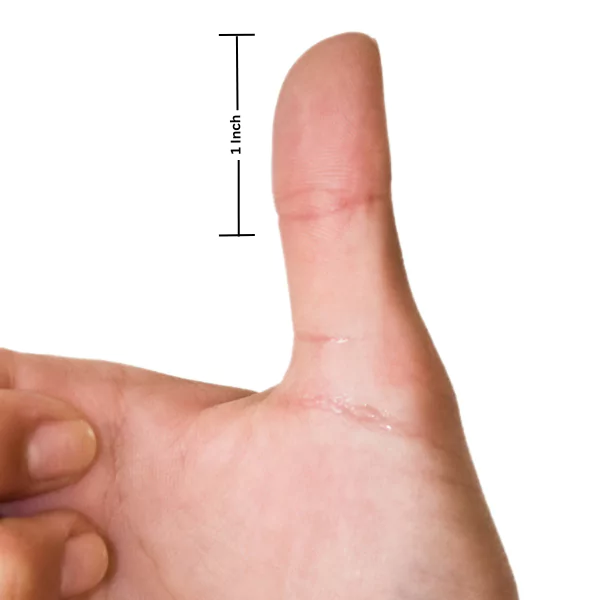
The distance from the tip of an adult’s index finger to the first knuckle is commonly close to one inch, making it a convenient and natural tool for quick measurements. While finger sizes can vary from person to person, this particular segment remains a surprisingly consistent and reliable approximation across most adults.
Medical professionals acknowledge the usefulness of body-based reference points, especially when standard tools aren’t available. Using the top knuckle as a visual guide is one of the fastest and easiest ways to estimate an inch, making everyday measuring tasks more accessible and efficient.
Hockey Puck Thickness
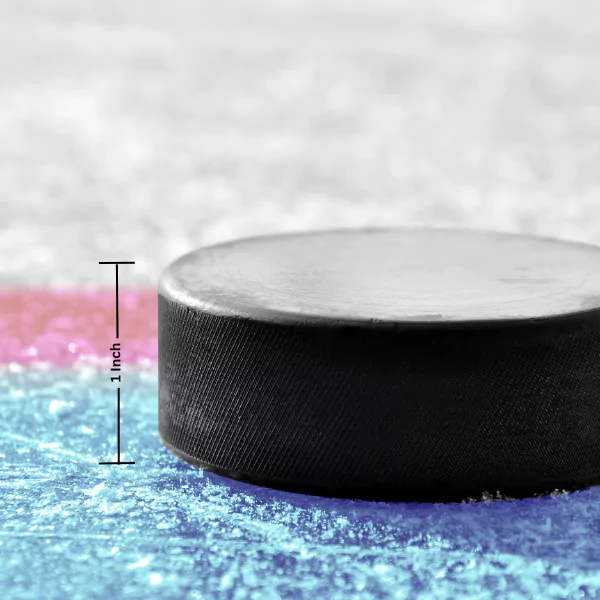
A regulation hockey puck measures exactly one inch in thickness, making it a dependable reference for visualizing this unit of length. Constructed from solid, vulcanized rubber, hockey pucks are designed to endure high-impact gameplay while maintaining their precise dimensions.
With a diameter of about three inches and a standardized thickness, these pucks are consistently produced to meet strict professional specifications. This level of uniformity not only supports fair play on the ice but also makes hockey pucks useful as measurement tools in various DIY and practical contexts.
FAQs
Conclusion
Understanding how long one inch is can be really helpful in everyday life, especially when you don’t have a ruler nearby. Thankfully, many common household items like a paperclip, bottle cap, or even your own finger are close to one inch in size and serve as quick visual references.
Whether you’re crafting, doing home improvement, or just curious, these relatable objects offer a practical way to estimate measurements on the go. By familiarizing yourself with these items and their approximate dimensions, you can improve your spatial awareness and boost your confidence in estimating sizes accurately without tools.



